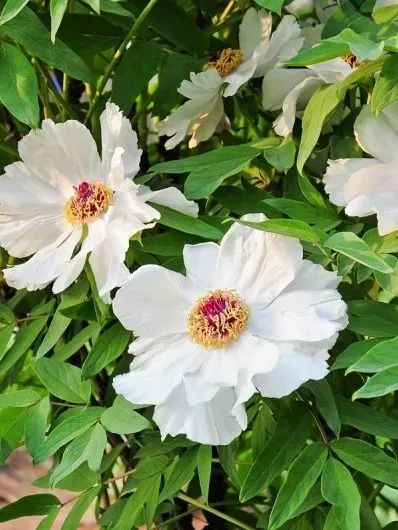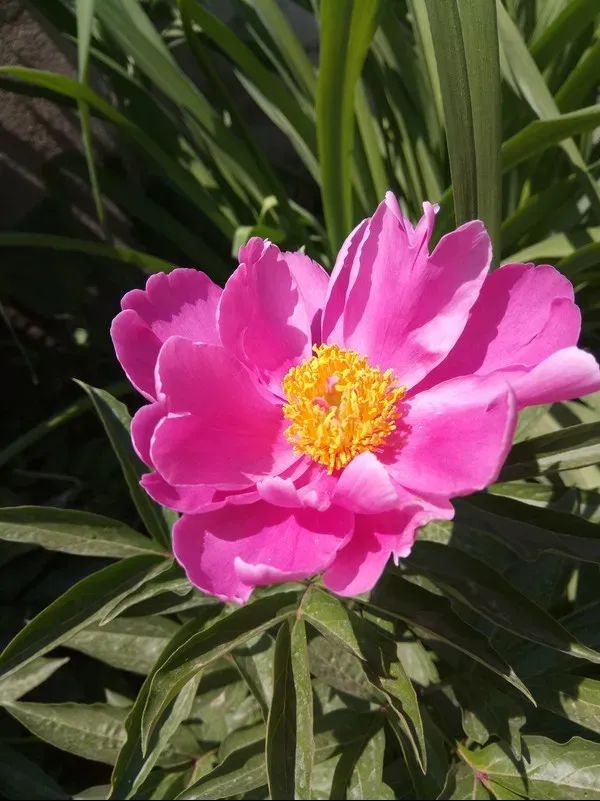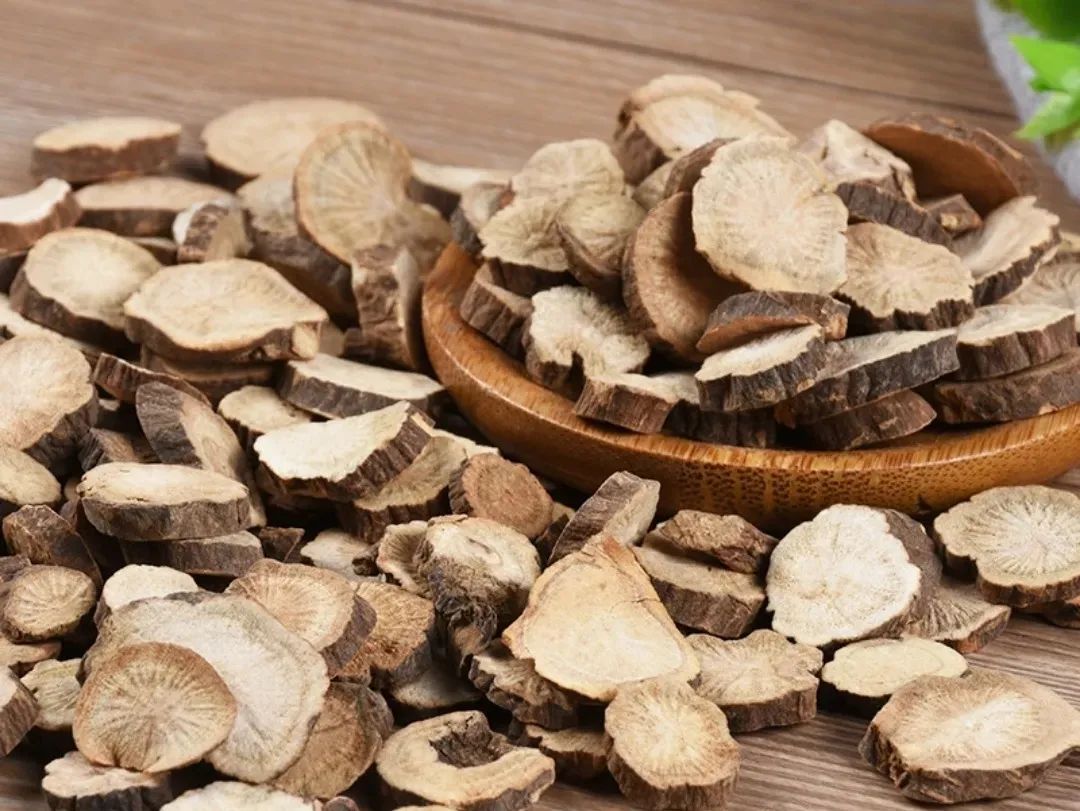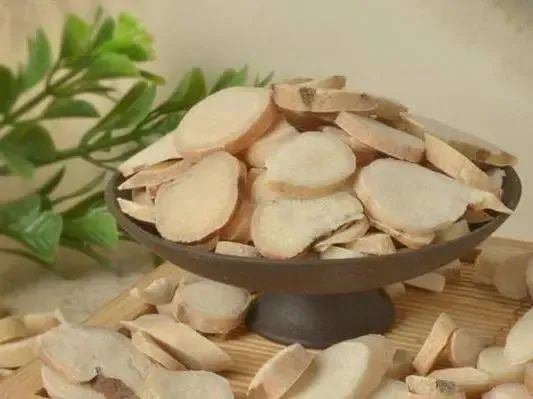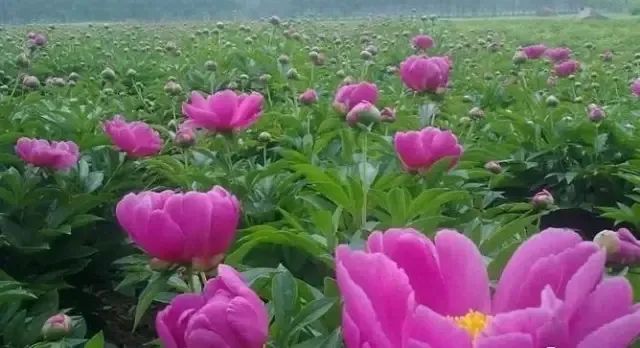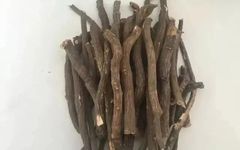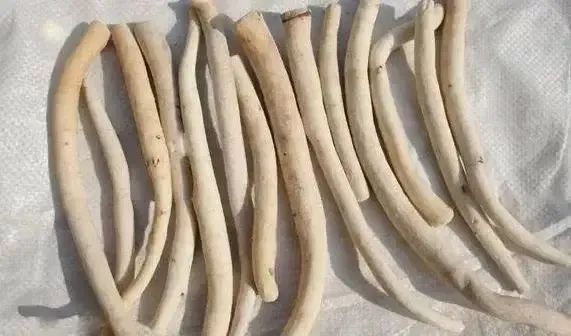
Bai Shao (White Peony) has a sour and bitter taste, is slightly cold in nature, and enters the Liver (Gan) and Spleen (Pi) meridians; Chi Shao (Red Peony) has a bitter taste, is slightly cold, and enters the Liver meridian.
In terms of efficacy: Bai Shao and Chi Shao have significant differences in their effects. Bai Shao is primarily nourishing and astringent, both nourishing and draining the Liver; it nourishes Liver blood to support the Liver’s function, while it also softens, restrains, and regulates the Liver to drain it, thus excelling in nourishing Yin and blood, softening the Liver, calming Liver Yang, and also benefiting the Spleen. Chi Shao, on the other hand, is primarily draining and dispersing, excelling in clearing heat and cooling blood, invigorating blood and resolving stasis, and draining Liver fire. Therefore, the “Commentary on the Treatise on Cold Damage” states: “Shao Yao, Bai nourishes while Chi drains, Bai restrains while Chi disperses.” Li Shizhen pointed out: “Bai Shao benefits the Spleen, able to drain Wood from the Earth; Chi Shao disperses pathogens, able to move stagnation in the blood.” Additionally, Bai Shao can stabilize pregnancy and stop bleeding, clear heat and stop dysentery, and promote urination; Chi Shao can also resolve abscesses and dissipate nodules. Bai Shao is often used to treat headaches, dizziness, and tinnitus caused by Liver Yang rising or blood deficiency; menstrual irregularities, amenorrhea, and excessive bleeding due to Yin blood deficiency; emotional depression, rib pain, and urinary difficulties due to Liver Qi stagnation; palpitations, insomnia, and forgetfulness due to Yin blood deficiency; and pregnancy complications with abnormal fetal movement, as well as conditions of disharmony between Ying and Wei, spontaneous sweating, night sweats, dysentery, and diarrhea. Chi Shao is mainly used to treat conditions caused by blood heat, blood stasis, and Liver fire, such as hematemesis, epistaxis, red and swollen eyes, rashes due to blood heat, as well as dysmenorrhea, amenorrhea, traumatic injuries, and abscesses due to blood stasis.
Therefore, in clinical practice, Bai Shao is commonly used in formulas that nourish Yin and blood, stop bleeding, soften the Liver, strengthen the Spleen, stabilize pregnancy, relieve pain, and clear heat and stop dysentery; Chi Shao is commonly used in formulas that clear heat and cool blood, invigorate blood and resolve stasis, and dissipate abscesses and nodules.
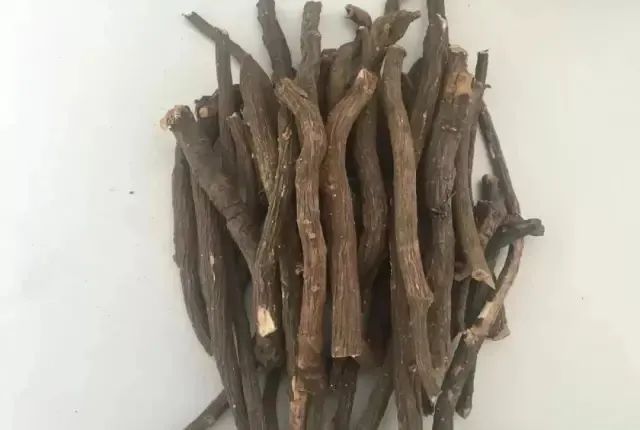
Bai Shao
Regarding the processing methods of Bai Shao and Chi Shao, there have traditionally been two different viewpoints: one believes that the processing methods of the two are basically the same, as stated in the “Great Method of Processing”: “The processing of Chi Shao is the same as that of Bai Shao”; through research, we find that the methods of using Chi and Bai Shao have differed throughout history, while the commonly used processing methods are generally the same, including stir-frying, wine processing, vinegar processing, and wheat bran processing, but Bai Shao’s processing methods are more diverse. Bai Shao must be boiled in water to remove the outer skin, then boiled again and dried for medicinal use; the paeoniflorin in Chi Shao mainly exists in the outer bark, so it is not removed, but cleaned and dried directly for medicinal use.
Additionally, the honey-fried, earth-fried, and charred methods of Bai Shao are often associated with its effects of softening the Liver, strengthening the Spleen, and stopping bleeding, suggesting that the choice of processing methods for Shao Yao should be combined with the direction of its efficacy. For example, to exert the “drain” and “disperse” characteristics of Chi Shao, it can be used raw without processing; while Bai Shao should be stir-fried or stewed to better exhibit its “nourish” and “restrain” characteristics. The specific content will be discussed in the following article “The Impact of Processing Methods on the Efficacy Direction of Shao Yao”.
Both can be used internally, either in decoctions or in pills and powders; however, Chi Shao is often used externally for resolving abscesses and dissipating nodules. Bai Shao is not suitable for those with phlegm-damp accumulation; Chi Shao should be used cautiously in cases of blood deficiency without stasis, and in cases of ulcers that have already ruptured.
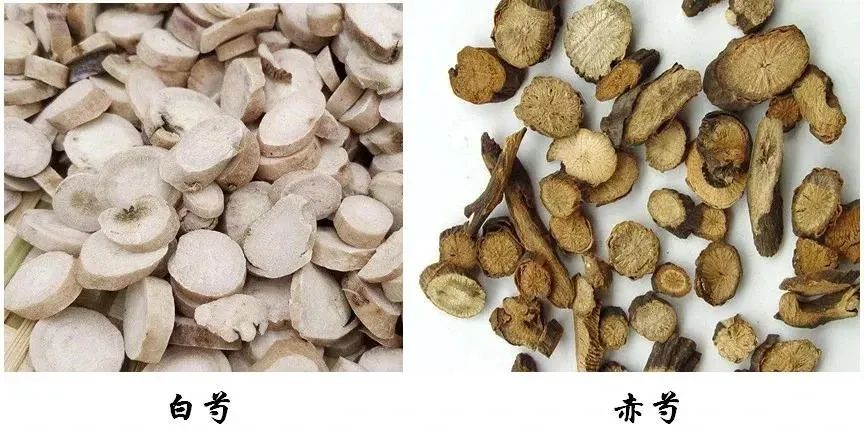
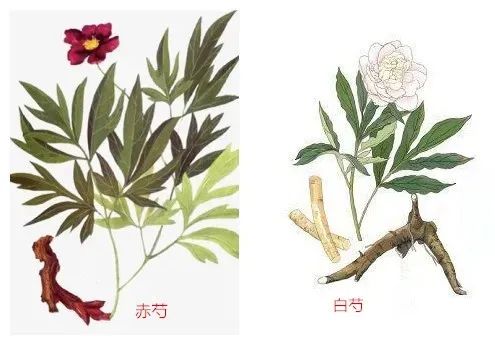
Efficacy
Chi Shao is the dried root of the plant Chi Shao or Chuan Chi Shao from the Ranunculaceae family. It has a bitter taste, is slightly cold in nature, harvested in spring and autumn, with the root and fibrous roots and soil removed, and then dried. It has the effects of clearing heat, cooling blood, and stopping pain due to stasis. 1. Clearing Heat and Cooling Blood: Chi Shao has a bitter and cold taste, can enter the Liver and Spleen meridians, and can clear heat and cool blood, used for bleeding, rashes, and blood heat bleeding syndromes caused by warm pathogens entering the Ying and blood, such as hematemesis, epistaxis, bloody stools, and excessive menstrual bleeding, and can be used together with Sheng Di Huang (Rehmannia Root) and Dan Pi (Moutan Cortex).2. Invigorating Blood and Stopping Pain Invigorating blood and stopping pain is one of Chi Shao’s functions, it can enter the Liver meridian, also invigorate blood and disperse stasis, and has significant therapeutic effects on chest and rib distension and pain, blood stasis amenorrhea, dysmenorrhea, masses, and pain due to traumatic injuries.
- Incompatible Foods
- 1. Li Lu reduces the efficacy.
- Indications and Contraindications
- Indications: Those with high blood lipids and a tendency to thrombosis Chi Shao can lower blood lipid levels to some extent, prolong coagulation time, and relax coronary artery smooth muscle; those with high blood lipids and a tendency to thrombosis can consume it in moderation to improve their condition. Contraindications: Blood deficiency and ulcers that have already ruptured The components and derivatives of Chi Shao can inhibit platelet aggregation; improper consumption in cases of blood deficiency and ruptured ulcers may lead to abnormal coagulation and exacerbate bleeding symptoms.
- Maternal and Infant Considerations
-
Pregnant women should consume with caution. Although Chi Shao contains rich nutrients, it is best not to consume it during pregnancy, as it has the effects of resolving stasis and cooling blood, which may affect the fetus.
Infants and young children can consume it in moderation. Chi Shao contains vitamins and other nutrients, has certain antispasmodic and anti-inflammatory effects, and can be consumed in moderation by infants and young children.
- Warm Reminder
-
Chi Shao can easily damage the Spleen and Stomach, so those with Spleen and Stomach deficiency, chronic gastritis, chronic enteritis, and chronic diarrhea should not consume it in large amounts for a long time. Chi Shao has the effect of lowering blood pressure, so patients with low blood pressure should not take it in large amounts for a long time. Chi Shao has a central nervous system inhibitory effect, so infants and elderly patients should not take it in large amounts for a long time. Bai Shao has a sour and bitter taste, is slightly cold in nature, and enters the Liver and Spleen meridians; Chi Shao has a bitter taste, is slightly cold, and enters the Liver meridian. In terms of efficacy: Bai Shao and Chi Shao have significant differences in their effects. Bai Shao is primarily nourishing and astringent, both nourishing and draining the Liver; it nourishes Liver blood to support the Liver’s function, while it also softens, restrains, and regulates the Liver to drain it, thus excelling in nourishing Yin and blood, softening the Liver, calming Liver Yang, and also benefiting the Spleen; Chi Shao is primarily draining and dispersing, excelling in clearing heat and cooling blood, invigorating blood and resolving stasis, and draining Liver fire. Therefore, the “Commentary on the Treatise on Cold Damage” states: “Shao Yao, Bai nourishes while Chi drains, Bai restrains while Chi disperses.” Li Shizhen pointed out: “Bai Shao benefits the Spleen, able to drain Wood from the Earth; Chi Shao disperses pathogens, able to move stagnation in the blood.” Additionally, Bai Shao can stabilize pregnancy and stop bleeding, clear heat and stop dysentery, and promote urination; Chi Shao can also resolve abscesses and dissipate nodules.
-
Bai Shao is often used to treat headaches, dizziness, and tinnitus caused by Liver Yang rising or blood deficiency; menstrual irregularities, amenorrhea, and excessive bleeding due to Yin blood deficiency; emotional depression, rib pain, and urinary difficulties due to Liver Qi stagnation; palpitations, insomnia, and forgetfulness due to Yin blood deficiency; and pregnancy complications with abnormal fetal movement, as well as conditions of disharmony between Ying and Wei, spontaneous sweating, night sweats, dysentery, and diarrhea. Chi Shao is mainly used to treat conditions caused by blood heat, blood stasis, and Liver fire, such as hematemesis, epistaxis, red and swollen eyes, rashes due to blood heat, as well as dysmenorrhea, amenorrhea, traumatic injuries, and abscesses due to blood stasis. Therefore, in clinical practice, Bai Shao is commonly used in formulas that nourish Yin and blood, stop bleeding, soften the Liver, strengthen the Spleen, stabilize pregnancy, relieve pain, and clear heat and stop dysentery; Chi Shao is commonly used in formulas that clear heat and cool blood, invigorate blood and resolve stasis, and dissipate abscesses and nodules.
